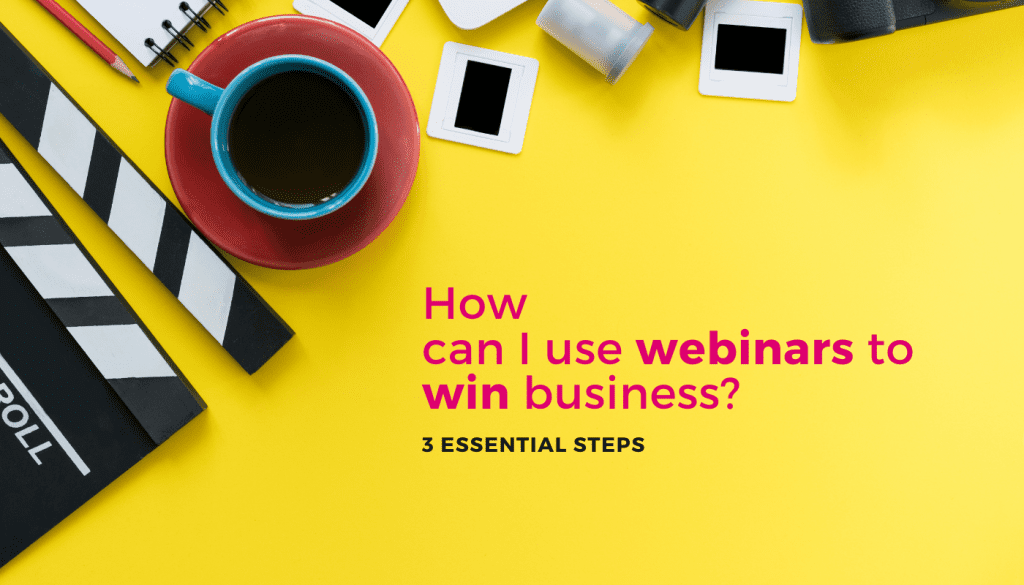
Webinar marketing is all about hosting online workshops to build a relationship with attendees and to promote and increase credibility…

Webinar marketing is all about hosting online workshops to build a relationship with attendees and to promote and increase credibility…
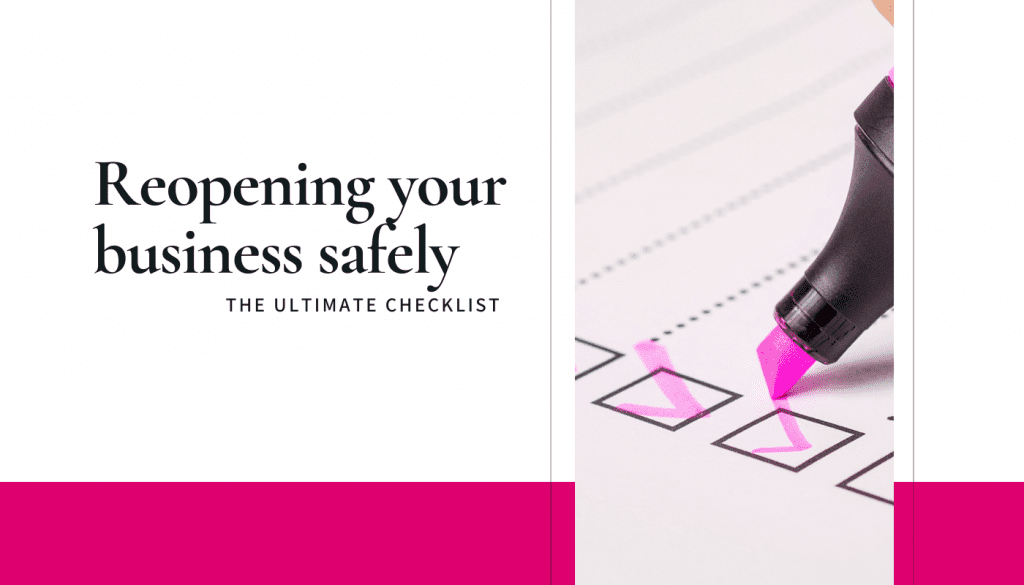
We may not know when things will be going back to normal, even now that a Covid vaccine is on…

Would you trust your life to someone who was not a doctor? Would you be defended in court without a…
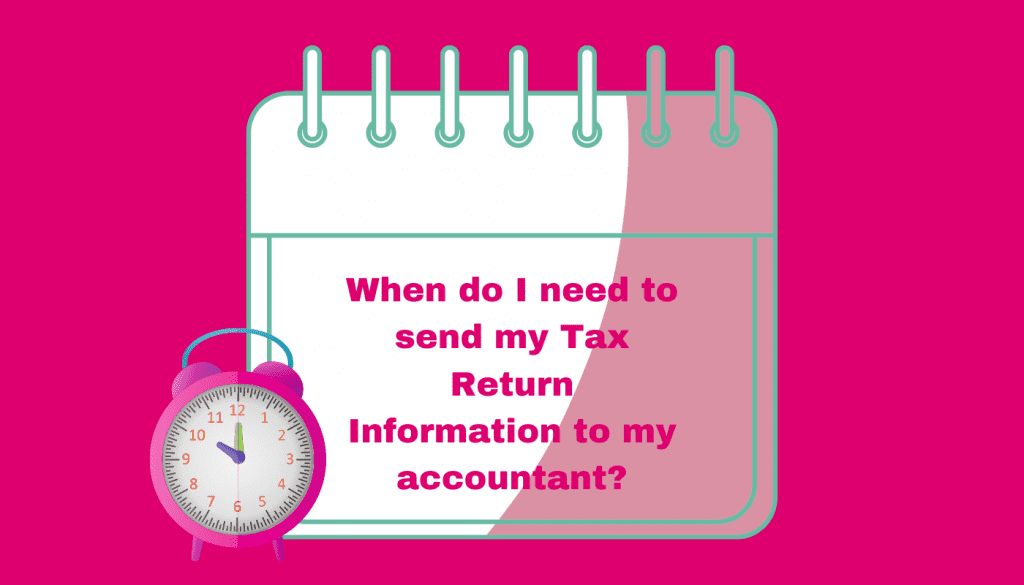
Your self-assessment tax return is the document that is needed to calculate how much tax you owe personally. This return…
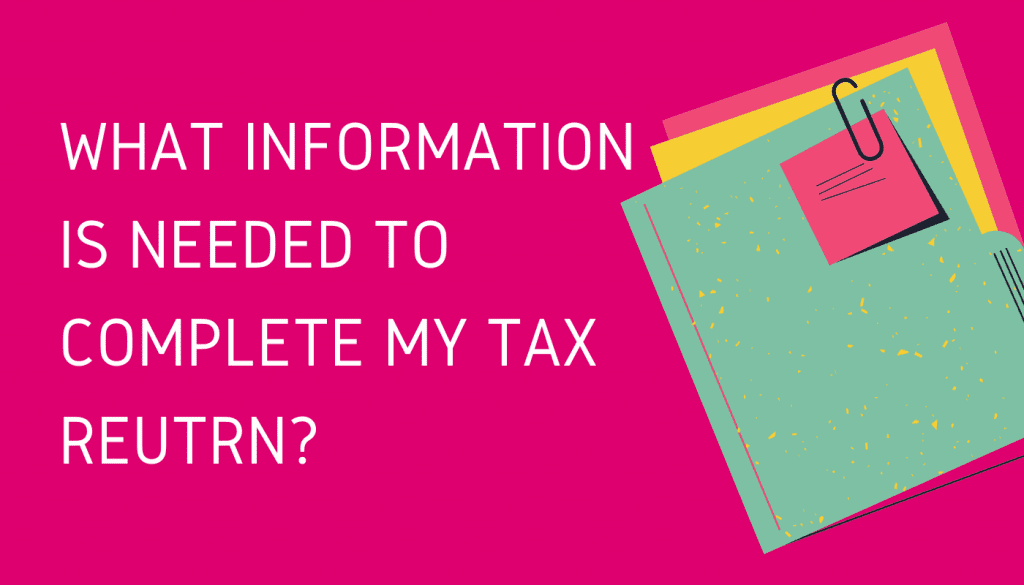
…… AND WHY! It’s that time again ….. tax returns! From the 6th of April, accountants start to request information…
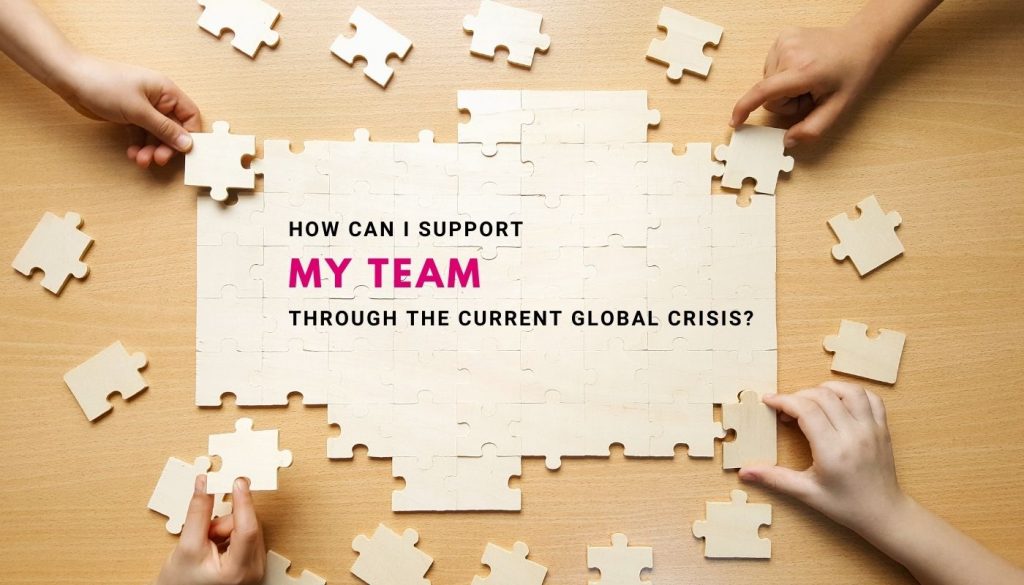
As most working professionals spend a third of their time at work, it’s been a massive adjustment for the millions…
As 2020 nears its end, it probably would be described as a very stressful year for many people. Perhaps, for…
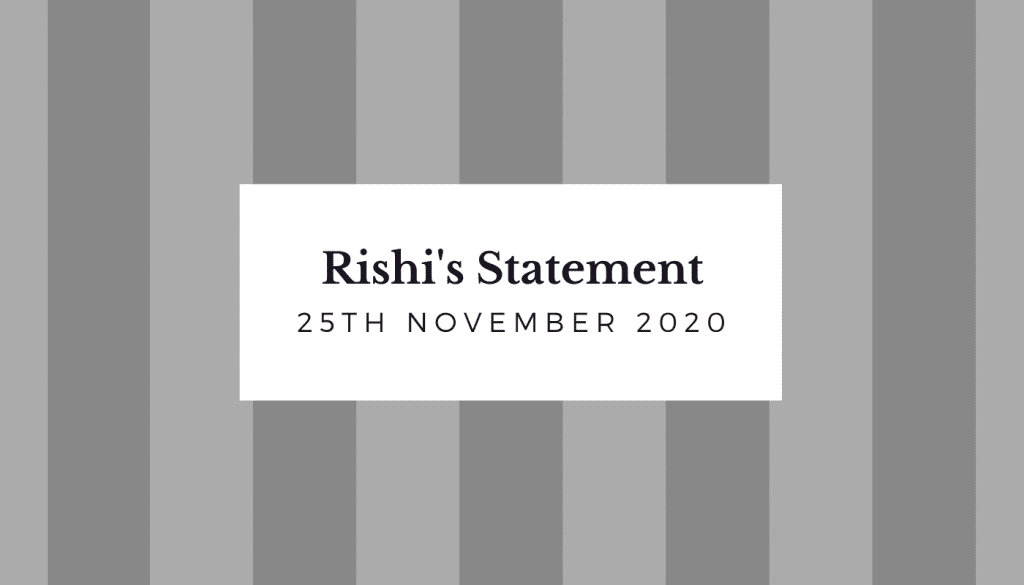
The Chancellor’s update to the House of Commons yesterday made pretty grim listening. It’s not going to surprise anyone to…
English Government announce new winter plan to beat COVID-19 This week seems to be a week of announcements from Boris….
Working from home relief = FREE CASH Due to the current pandemic, many businesses have been working from home this…